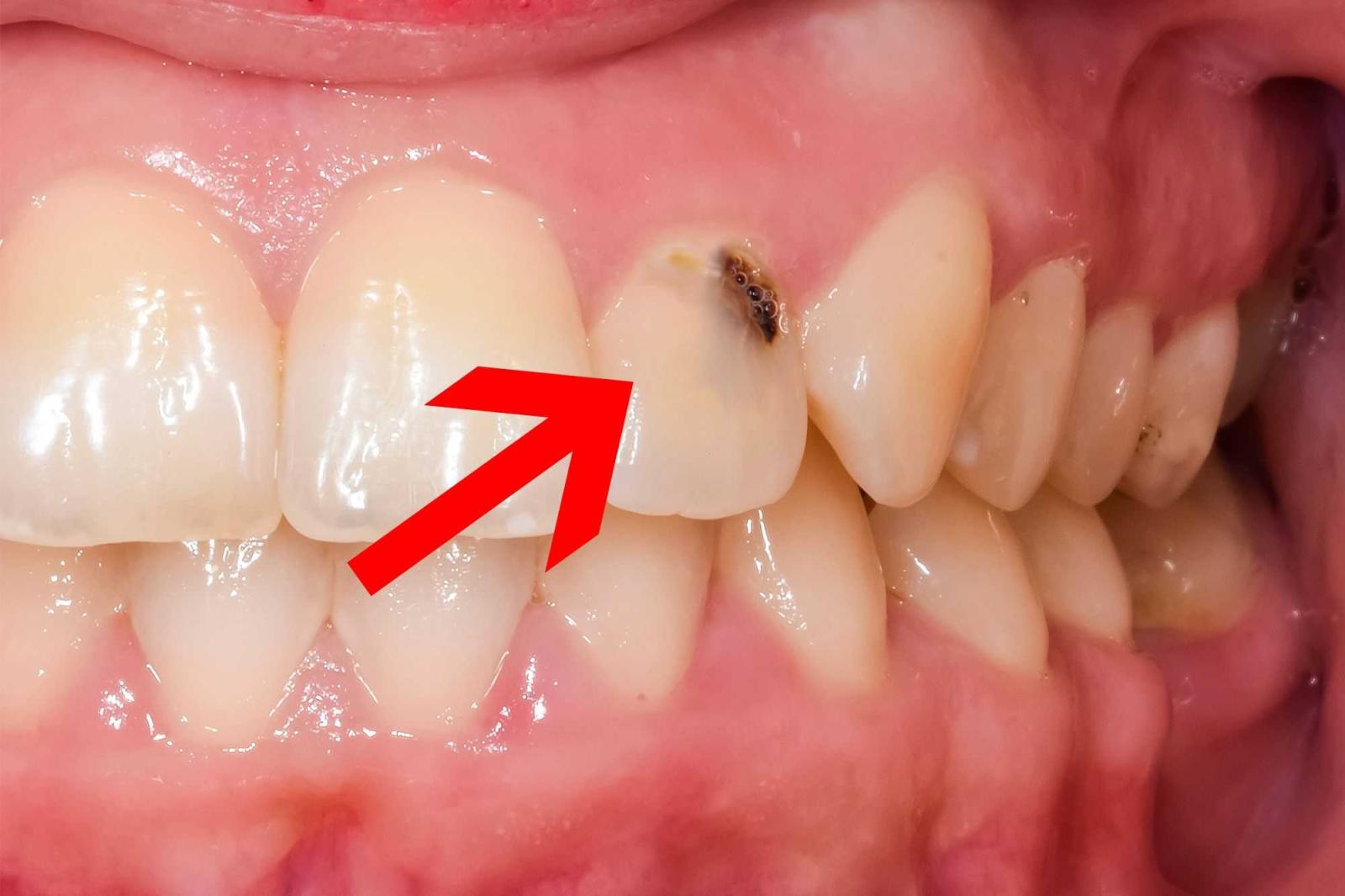Notifications

5 minutes, 15 seconds
-224 Views 0 Comments 0 Likes 0 Reviews

Reversing Tooth Decay: A Natural and Preventive Solution to Oral Health
Tooth decay, also called cavities or dental caries, is one of the most common oral health issues globally. Tooth decay happens when acids formed by oral bacteria break down the enamel of the teeth, causing demineralization and long-term harm. Although severe cases of decay need a dentist to treat, tooth decay at an early stage may be reversible through good oral hygiene and diets.
Recognizing the Initial Symptoms of Tooth Decay
It is crucial to recognize its early symptoms before one discusses how to reverse decay. At the onset, tooth decay may be painless and unnoticed. Nevertheless, some noticeable signs are:
1 White or brown spots on the surface of the tooth
2 Sensitivity to hot, cold, or sweet foods
3Mild pain or a sensation of roughness in the tooth
4 Bad mouth odors or a bad taste in the mouth
If detected early, tooth decay can be halted or even reversed before it becomes a cavity that needs to be filled.
The Role of Remineralization
Tooth enamel is the hard surface layer on the tooth that consists mainly of minerals such as calcium and phosphate. If acids damage this enamel, the minerals start to dissolve. But the enamel has a natural mechanism to recover itself from dissolution through a phenomenon referred to as remineralization. Remineralization re-deposits lost minerals and makes the enamel strong again.
Saliva is also essential in remineralization as it helps to neutralize acids and return minerals to the teeth. Fluoride, which occurs naturally in toothpaste and some drinking water, helps in this repair work and even reverses initial decay.
Natural Steps to Reverse Tooth Decay
1 Use Fluoride Toothpaste:
Daily brushing with fluoride toothpaste for twice a day helps to fortify enamel and aid remineralization. Fluoride is not only defensive against teeth but can also turn back the clock for early decay.
2 Improve Your Diet:
Restrict sugary and acidic foods that feed bad bacteria and cause the production of acids. Instead, eat calcium food such as milk products, spinach, and almonds. Crispy fruits and vegetables such as apples and carrots stimulate saliva flow, which helps repair enamel.
3 Maintain Excellent Oral Hygiene:
Brushing and flossing regularly removes plaque and food particles that harbor decay-causing bacteria. Don't forget to clean the gumline and between your teeth where decay often starts.
4 Stay Hydrated:
Drinking plenty of water helps produce saliva and washes away food particles. If your water contains fluoride, it offers additional protection.
5 Use Remineralizing Products:
There are a lot of over-the-counter oral products such as mouth gels, pastes, and rinses that contain fluoride, calcium, and phosphate to assist with remineralization.
6 Avoid Frequent Snacking:
Frequent consumption of food or beverages, mainly sweets, supplies bacteria with a continuous energy source to make acids. Attempt to refrain from eating between meals and refrain from having sweet beverages during the day.
7 Regular Dental Checkups:
Dentists are able to catch decay early and recommend proper preventive measures such as fluoride varnishes or dental sealants to prevent decay in its early stages.
When Reversal Isn't Possible
It's worth noting that once a cavity has developed—when there is a visible hole or damage to the enamel—remineralization alone cannot fix it. At that point, a dentist will need to step in with a filling or other restorative treatment. That's why early detection and regular oral care are so important.
Conclusion
Tooth decay can be reversed—only if it happens early. The secret is to take preventive measures by maintaining good oral hygiene, a well-balanced diet, and routine dental checkups. By supplementing natural remineralization, you can not only prevent decay but even regain the strength of your enamel. Prevention, persistence, and sensitivity are the greatest weapons in maintaining your oral well-being for years to come.

